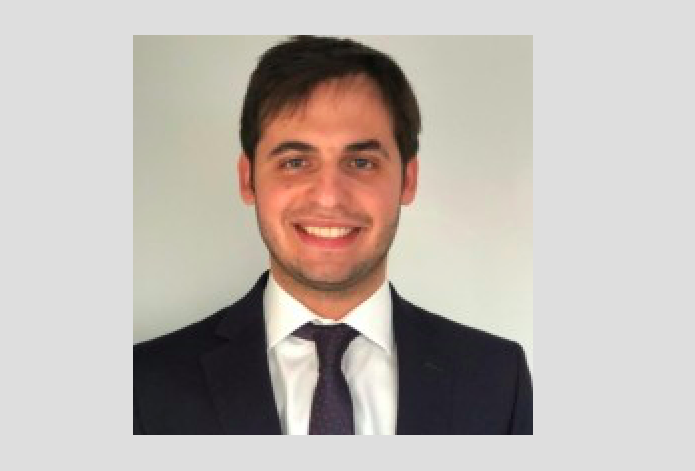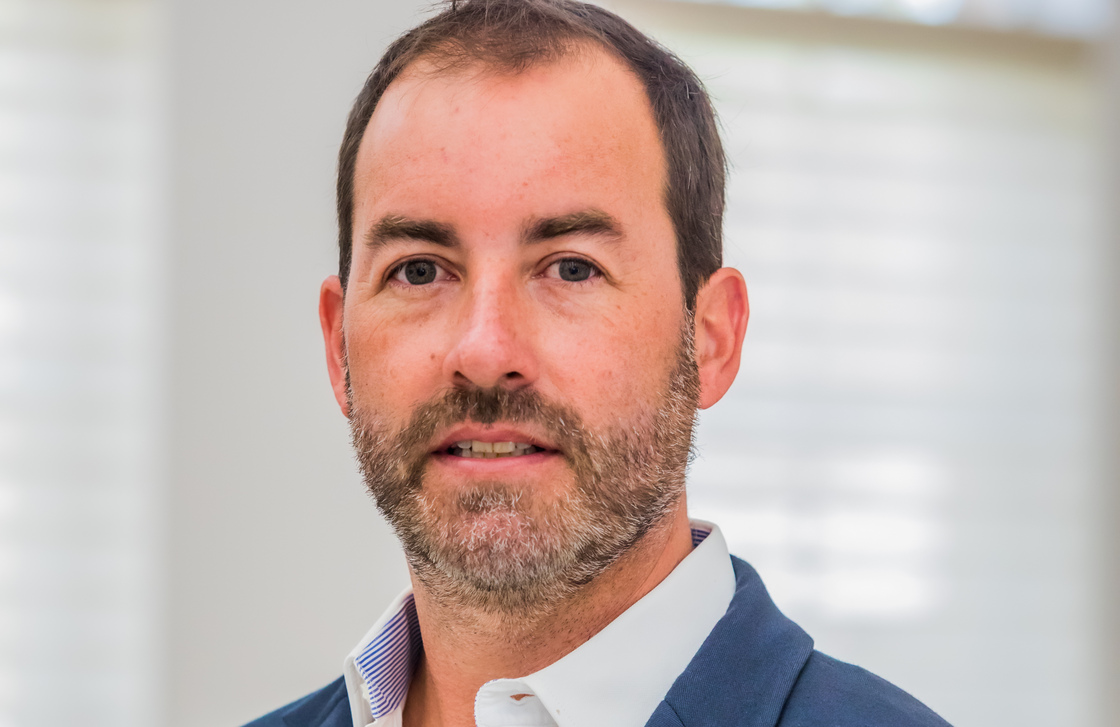The case is now in the hands of the Uruguayan Organized Crime Prosecutor’s Office. It involves a complaint against the former national team player, who was part of Los Teros and Carrasco Polo, and who, since 2021, had been collecting funds from friends and acquaintances for investments.
From what has been disclosed by the press, the investments were related to the purchase of cryptocurrencies, with a promised return of 6% per month—what could go wrong?
In reality, Campomar delivered on his clients’ expectations for a while, but a few months ago, he stopped paying and disappeared. All indications point to a pyramid scheme that has affected around 200 people, mostly Uruguayans (from the Carrasco neighborhood), as well as Argentinians and Brazilians.
How could something like this happen?
In a financial market handling 36 billion dollars (figures from 2023), heavily regulated with numerous financial firms and private bankers, Campomar’s trajectory is nothing short of phenomenal. Professionals in the sector are left questioning how people could invest while expecting 6% monthly returns without suspecting anything.
According to industry sources, Gonzalo Campomar is not listed as a registered advisor or manager with the Central Bank of Uruguay (BCU), meaning he theoretically did not have a license to invest third-party funds. However, he and some family members are registered with the BCU as owners of a regulated currency exchange house in Montevideo, as confirmed by Funds Society. This aspect will likely form part of the investigation.
If the amount of the scam, 65 million dollars, and the list of notable surnames among the victims are confirmed, the story becomes truly astonishing. The Uruguayan industry, equipped with 105 investment advisors and 69 portfolio managers, employs over a thousand people, and it is relatively easy to obtain well-informed advice, particularly for high-net-worth clients.
The Montevideo market is characterized by its fragmentation and the strong presence of independent financial advisors who manage accounts starting from one million dollars. Acquiring that first million, keeping it, and making it grow is no easy task, and in 2024, portfolio returns hover around 4.5% annually. With this, 6% monthly seems utterly extravagant.
The Case of Banco Heritage
In 2018, the headlines were dominated by the case of an executive at Banco Heritage in Uruguay, Elsa Nazarenco, who defrauded her clients, all Argentinians, of a sum around 20 million dollars. The scheme lasted years, shuttling between Montevideo and Buenos Aires, until one client noticed he had lost nearly two million dollars when checking his balance directly with the bank.
The Swiss entity always denied any complicity with its employee. According to an audit conducted by PWC for Heritage, the employee deposited undeclared funds from some of her clients in the bank, thus preventing them from receiving bank statements or documentation that could expose them.
Banque Heritage clarified to Funds Society that the institution: “Took measures to fully assume responsibility for Nazarenko’s actions in a timely manner. All affected clients had their funds duly returned. Following appropriate actions, the legal case was closed, and the bank has consistently cooperated with authorities to ensure a transparent and effective process. We reiterate our commitment to client security, trust, and transparency in all our procedures.”
Dozens of articles have been written about Nazarenco, who carried out the theft in complicity with her husband (who committed suicide during the scandal) and was sentenced to prison.




